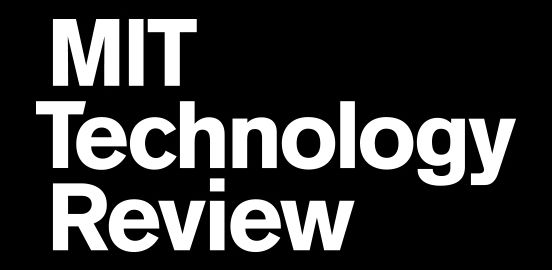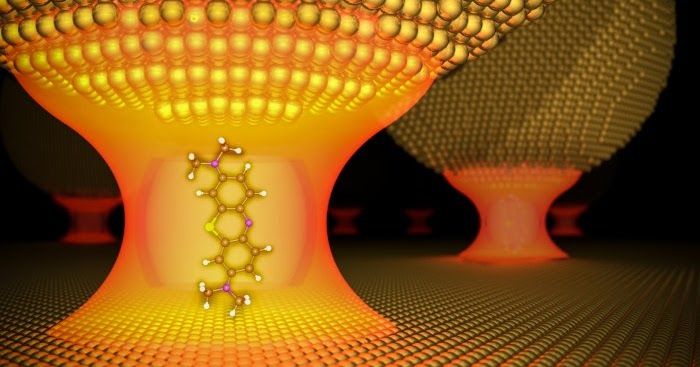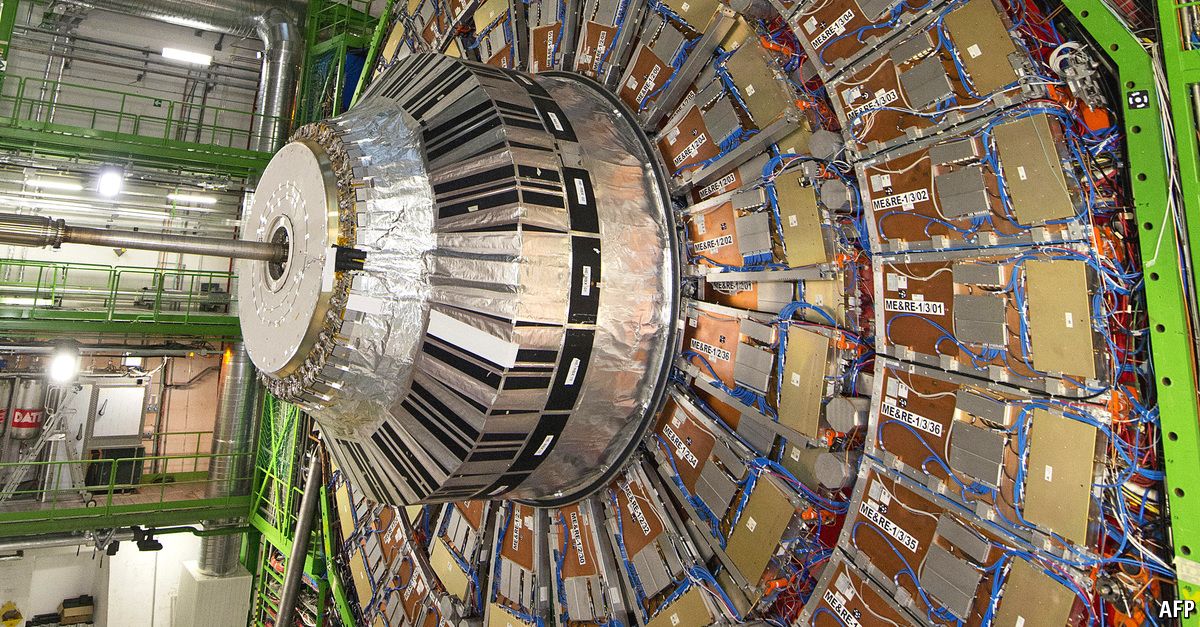Nifty!
The tech-savvy may prefer to read e-books from tablets these days, especially since one of the advantages is that the device is often backlit making it easier to see text in dim environments. Printed matter, however, never seems to lose its charm, and there are still plenty of people who prefer to carry a paperback around with them. Keeping a reading lamp at hand, however, is not so convenient.
Kyouei Design’s Bookmark Light is a great idea for bibliophiles. It’s thin enough to be an unobtrusive marker when not in use and when bent in half, it becomes an effective reading light.
Made from a transparent film that helps spread the glow from two tiny LEDs, the bookmark’s circuitry is printed with a special ink that conducts electricity. To turn it on, all you need to do is place a CR2032 coin cell battery at one end of the strip and then fold the bookmark over so that its other end touches the battery and completes the circuit.








